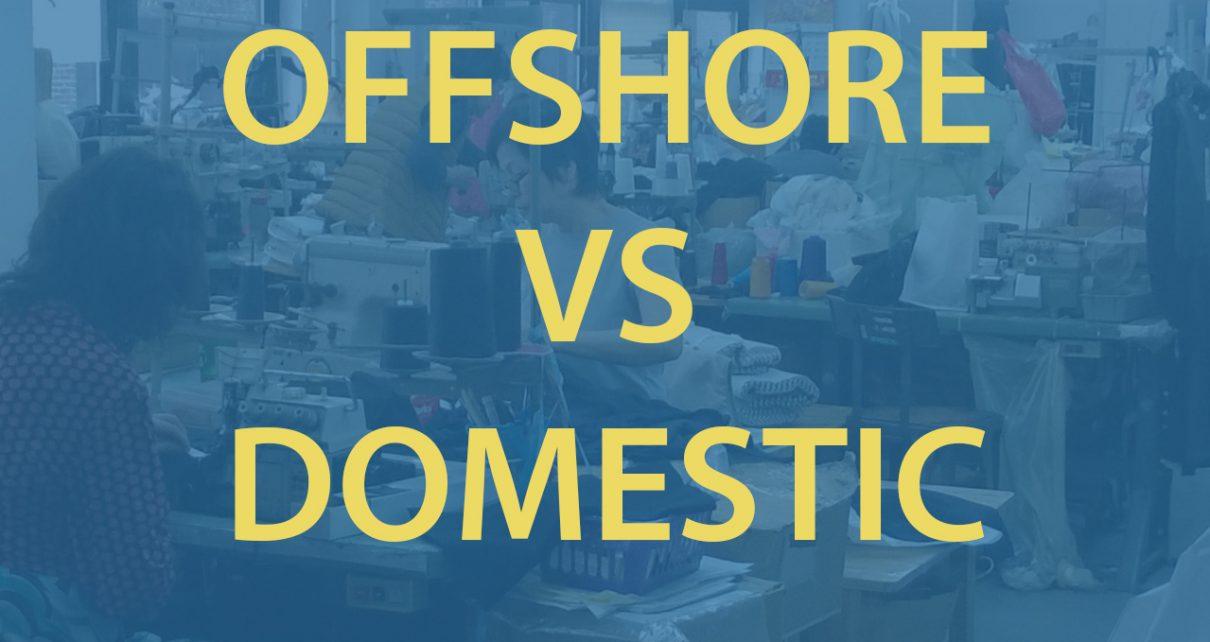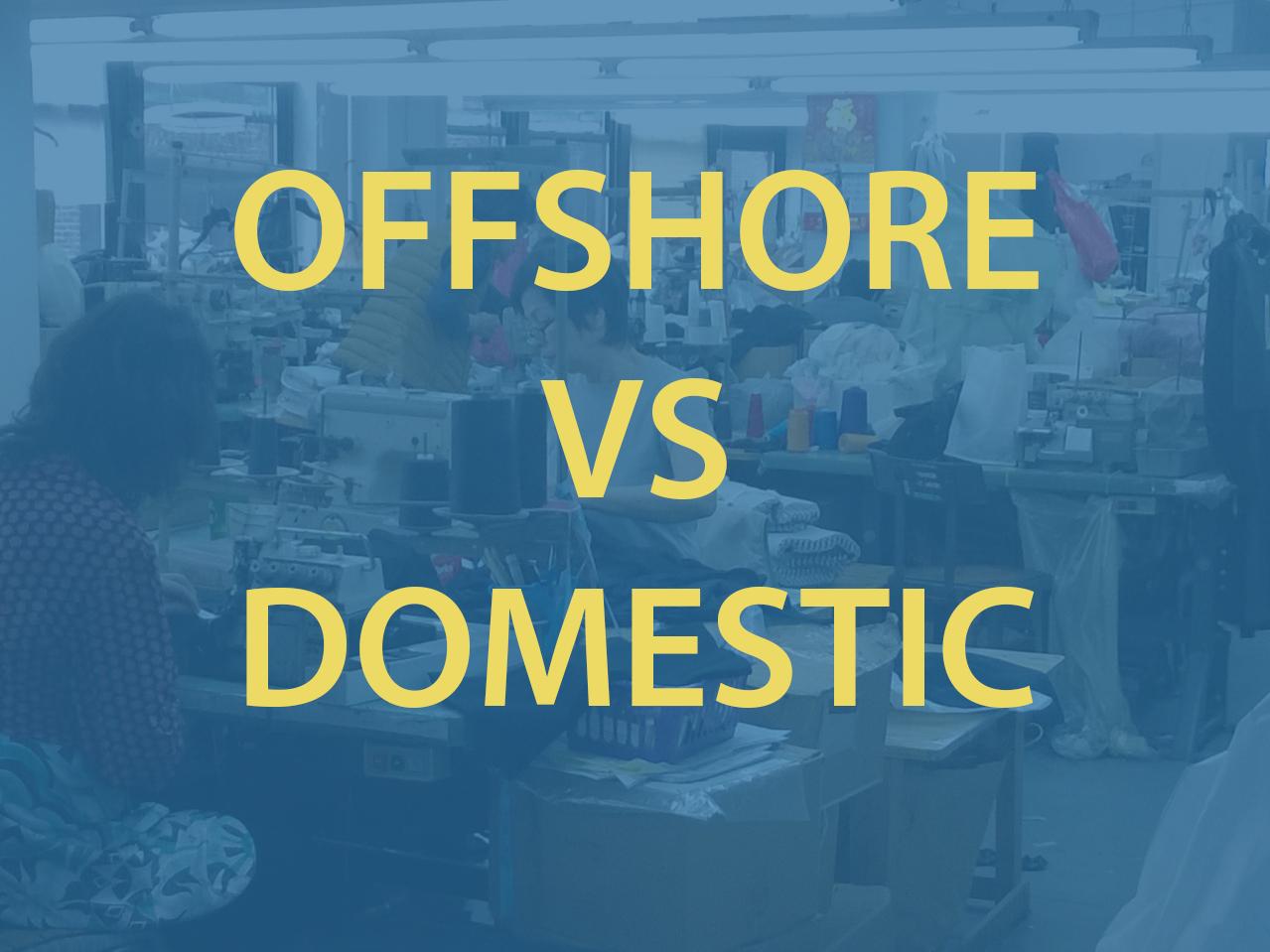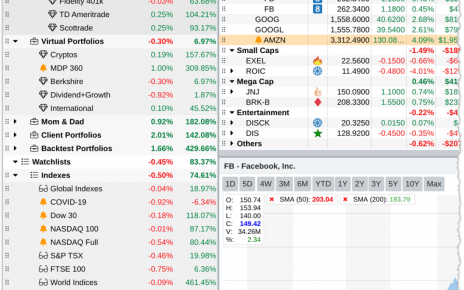Between 1998 and 2021, the U.S. domestic automotive parts manufacturing sector lost more than 150,000 jobs.
Some of those lost jobs were moved abroad while others were just eliminated.
While U.S. domestic manufacturing hasn’t declined significantly over the last decade, there are still numerous companies, such as foreign companies, which have learned how to successfully produce goods in the U.S.
The United States has several domestic manufacturing firms, including assembly lines and automotive suppliers.
High costs of Cars in the US
The cars and other vehicles we drive all around the country are built by local manufacturers, with a great deal of skill and labor.
Given these facts, it’s no wonder that labor costs are so high in the United States – about double what they are in China, India, and Mexico.
If you doubt this is an important issue, just look at where some of the best innovations in our nation have come from – like the electric car, or the production of the world’s finest medical devices.
Because of some of these factors, American consumers are paying much more for many products than consumers in other countries.
This has had a dramatic effect on quality control and the ability of manufacturers to attract customers because customers expect higher standards in the United States.
While there are obvious advantages to outsourcing work, from an economic standpoint, outsourcing isn’t always the best choice.
Reasons the cost of Local Manufacturing is High in the US
In this article, I’ll highlight the reasons the American manufacturers need to think carefully about whether outsourcing their work is the right thing for them.
Many experts argue that the biggest problem faced by an American manufacturer is a lack of access to capital.
The fact is that American domestic manufacturing firms are usually much smaller than those in other countries because it is harder to start up a company in America.
Because it is harder to obtain needed resources, American firms also tend to rely more heavily on the services of others – something that offshore manufacturing firms don’t do.
If a firm needs special equipment or access to labor, it has to pay for that in one way or another.
With fewer resources available to American companies, they are more vulnerable to losing business or going out of business altogether.
One of the other problems with outsourcing domestic manufacturing is that it creates a situation where competition becomes nonexistent between American firms.
Because companies know that they can get lower quality or lower price components if they outsource to a foreign firm, they feel free to do so.
Of course, American consumers feel less secure because they know that the quality of their products is not as good, or perhaps even worse because the foreign firm that provided the components could be located anywhere in the world.
Many American consumers are also wary about investing in goods or services online.
Even if the online firm provides a secure payment system, they still need to consider how consumers outside of the United States will receive their goods.
Some people are simply less trusting foreign firms than American ones.
Domestic Manufacturing vs Offshore Manufacturing
One way that domestic manufacturing is different from offshore manufacturing is that intellectual property laws are less protective.
A firm can develop technology and products without needing to apply for protection under intellectual property laws like patents.
Patents are only granted when the technology or product is new and that there is some reward for developing it in the first place.
With offshore manufacturing, however, intellectual property rights must be protected so that the domestic firm can legally use the technology or product in the country.
This means that the domestic firm will be relying on the intellectual property of a foreign firm – or worse, on a corporation in a different country – to protect its proprietary rights.
Another reason why domestic manufacturing is often cheaper than offshore is that it requires fewer employees.
For example, many clothing manufacturers make their money by selling items that are made in other countries. Because this can be more profitable for the company, it does not need as many workers to produce the items.
Some companies do have a few employees, but they hire foreign workers because they do not want to hire locally. In this case, American companies would benefit from outsourcing the manufacture of their clothes.
However, American companies also would lose some of their ability to compete due to lower domestic prices.
The final thing that makes domestic manufacturing companies cheaper than offshore manufacturing companies is that American companies can buy supplies in bulk.
Many Asian countries rely on imported goods, and they are forced to sell at higher prices to make up for the difference in what the buyer pays for the item and what it costs in the country.
In response, American companies can buy their foreign counterparts’ wares in bulk and save a lot of money on their manufacturing costs.
The difference between buying domestically and importing cheaply is that domestic production is much more efficient.
Offshore manufacturing companies often use lower-cost labor, but this means that they produce lower-quality products.













